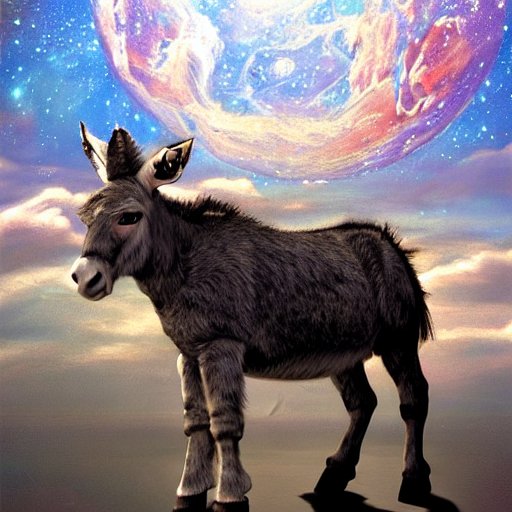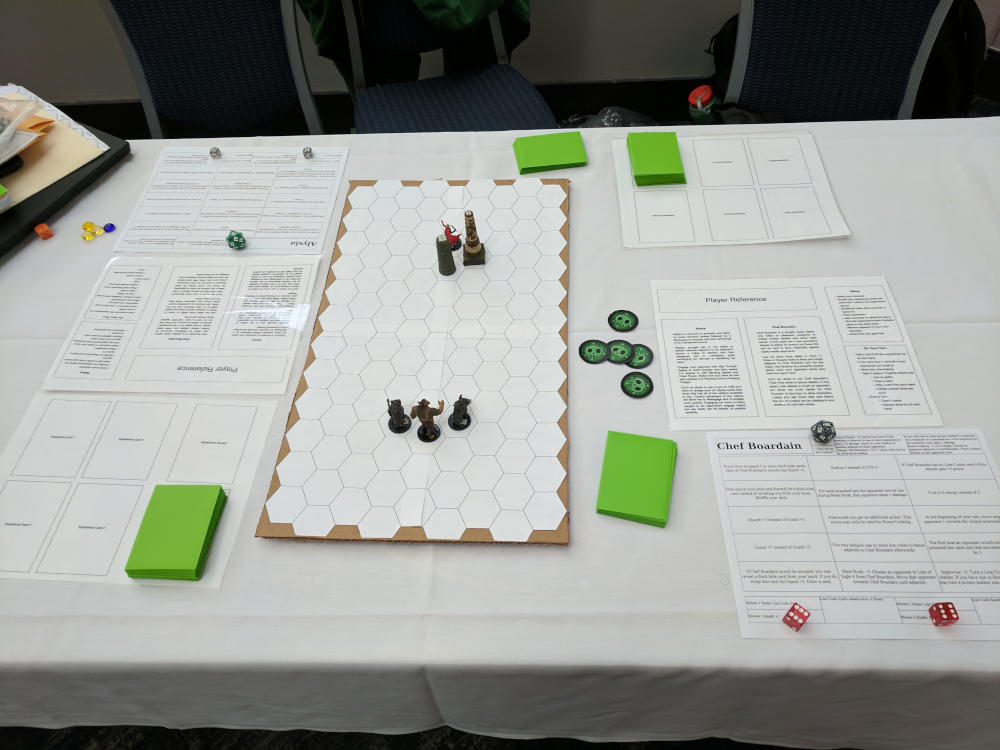
What does this AI generated picture of a donkey in space have to do with uncertainty? Read on to find out!
Welcome to the second installment of “Decisions in board games”, a three-part series on engaging players through meaningful decisions in competitive multiplayer board games. Previously we discussed why decisions are important and why you should have them in your game. If you haven’t checked that out yet, I recommend reading it first. In this post we will dive deeper into what really makes decisions “meaningful”. The third and final post will share a number of examples from Legends of the Arena and how we applied board game decision theory to create a more engaging experience for players.
[Read More]Decisions in board games part 1: Theory
Welcome to “Decisions in board games”, a three-part series on engaging players through meaningful decisions in competitive multiplayer games. In this post we will discuss why decisions are important and the basic outline of how to reason about the decisions in your games. The second post will be a deeper dive into what really makes decisions “meaningful”. The third and final post will share a number of examples from Legends of the Arena and how we applied board game decision theory to create a more engaging experience for players.
[Read More]The journey continues
Where we started
We started working on Legends of the Arena with the goal of creating the team dueling board game we had always dreamed of as kids. The year was 2016 and we didn’t know anything about game design, but we knew the game needed to be fast, fun, and stand up to repeated play. The game system needed to be flexible enough to evoke the sort of awesome moves that characters in video games have - pull the opponents in with a giant hook, shoot a slow but terrifying death ray, or sneak up behind and escape quickly. We wanted characters to have fun, distinct playstyles, and we wanted those characters to maintain their playstyles when played competitively. Finally, we felt that players should be able to start incorporating counterplay (picking moves based on what they expect their opponent to do) with only a few games under their belt.
[Read More]Using Monte Carlo simulation in game design
Introduction
“Shouldn’t I always attack with my whole army?”
“Why would I ever pick this card?”
If you’ve ever had a playtest that led to awkward questions like these - and realized that your players were totally right - you’ve probably wondered how you might catch this sort of issue during design. Maybe you recalled a confusing formula like \( {n\choose k} = \frac{n!}{k!(n-k)!} \), but found it woefully inadequate when dealing with the sort of scenarios common in board games. What are the chances of drawing a specific set of cards in a particular order? What is the likelihood of rolling three sixes and two fives if you can reroll any number of dice three times? How many units can you expect to have left after a Risk battle?
[Read More]